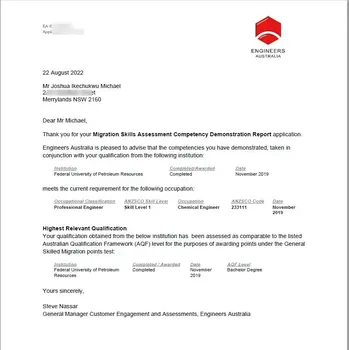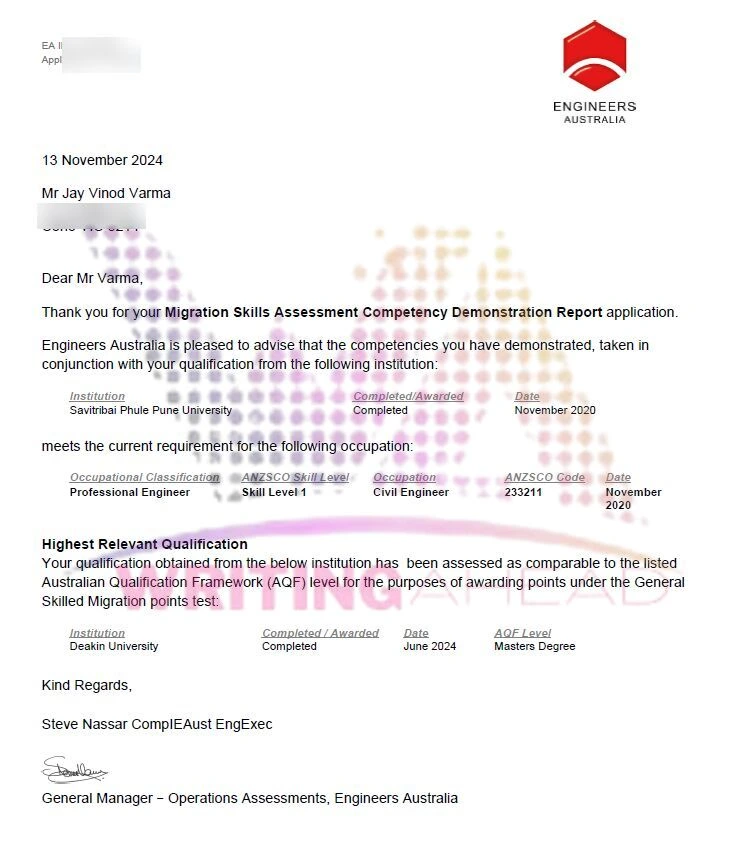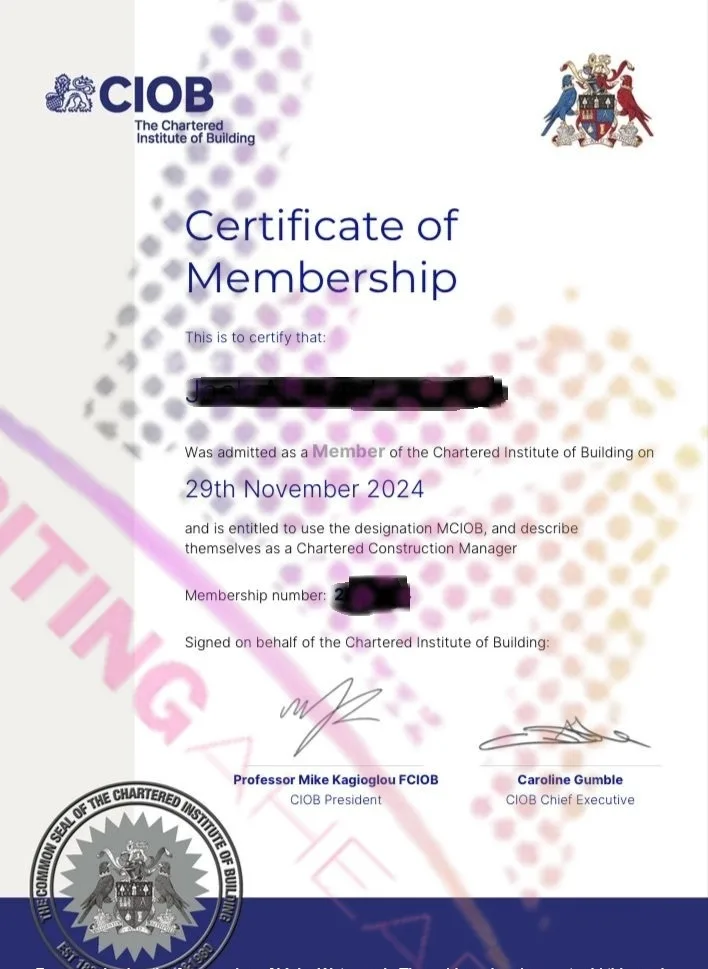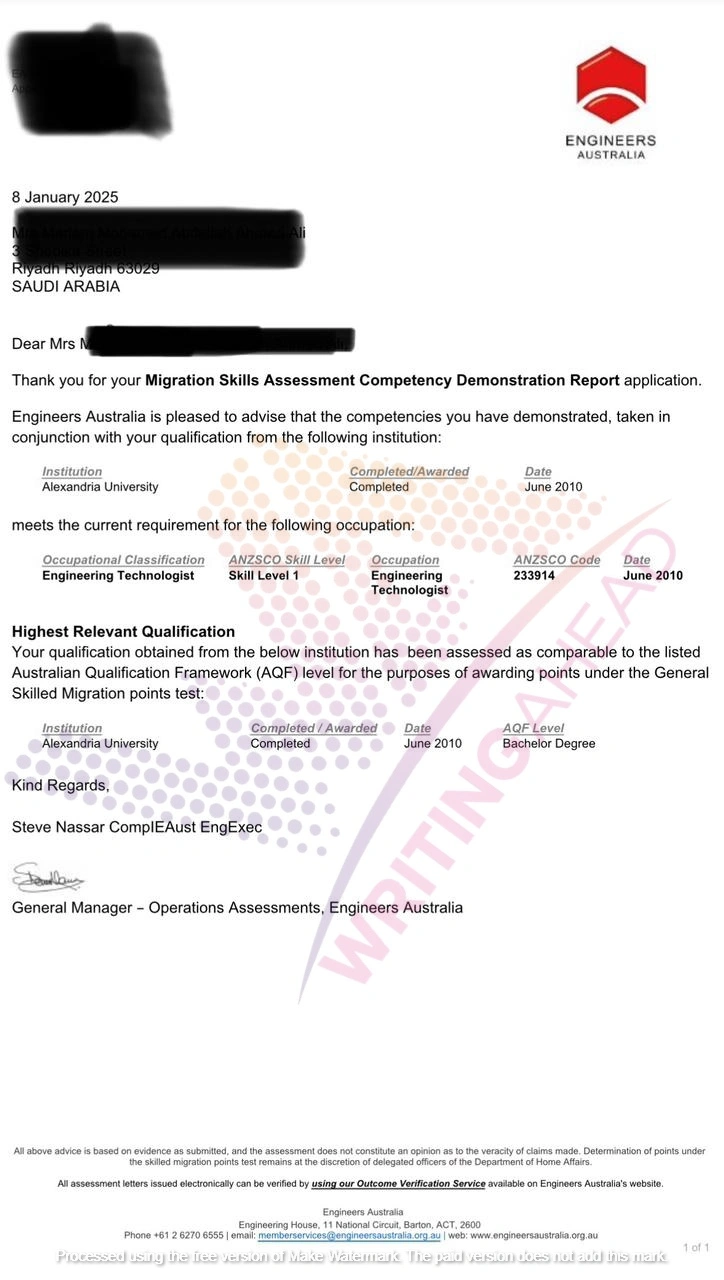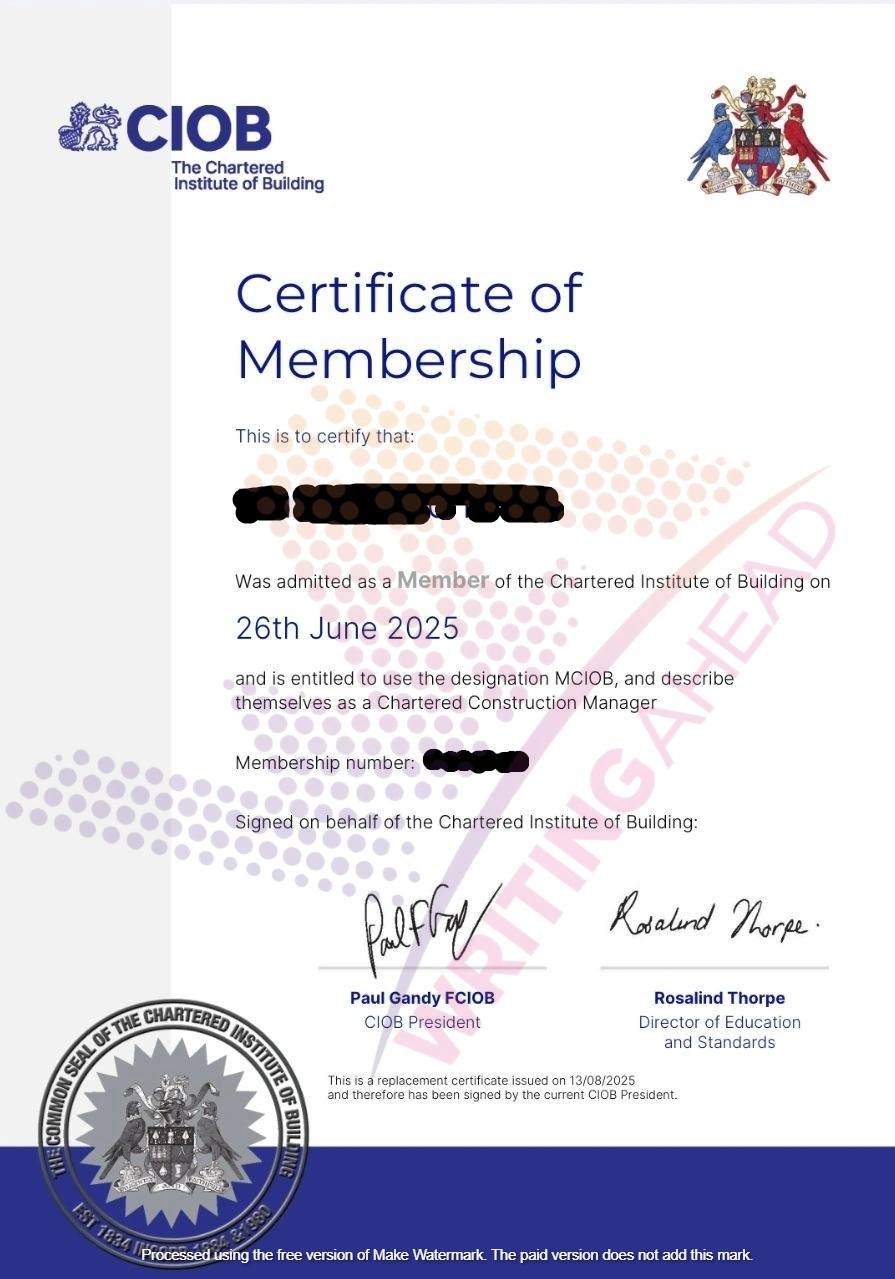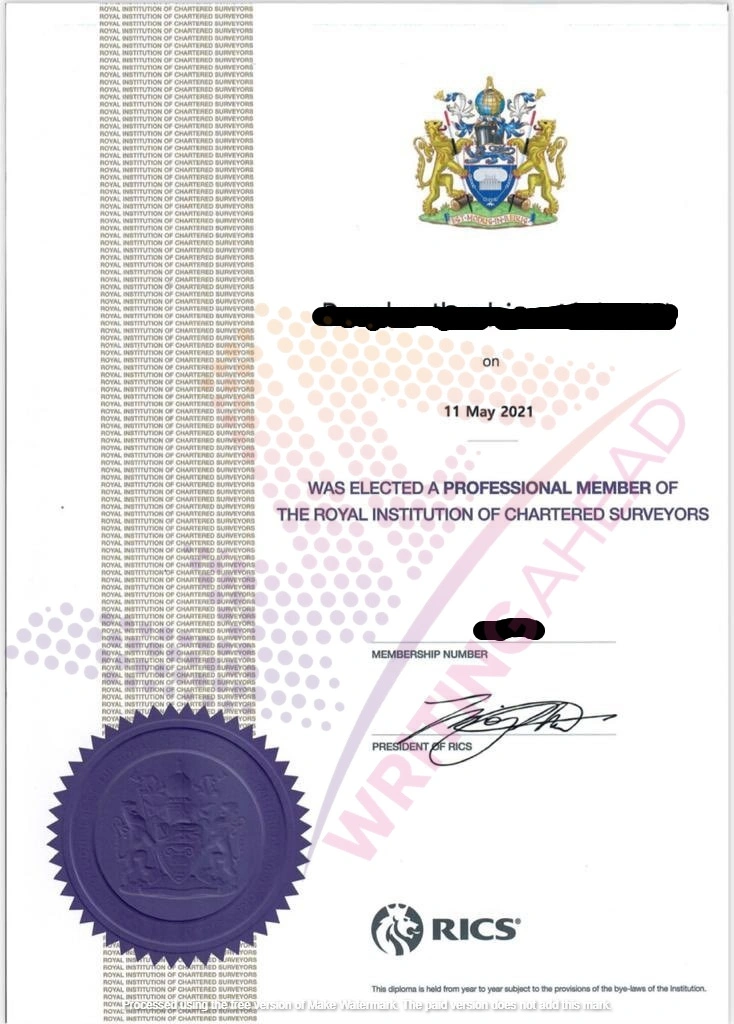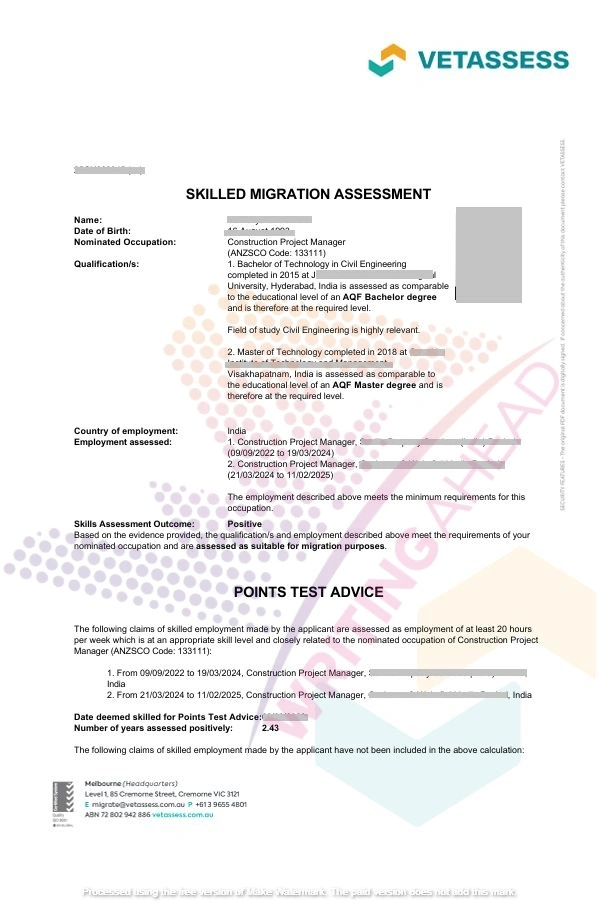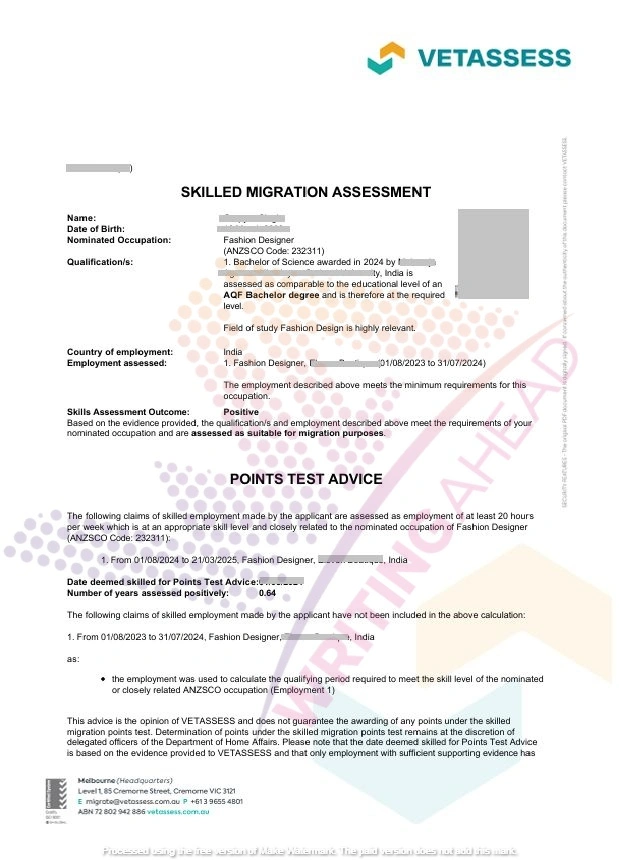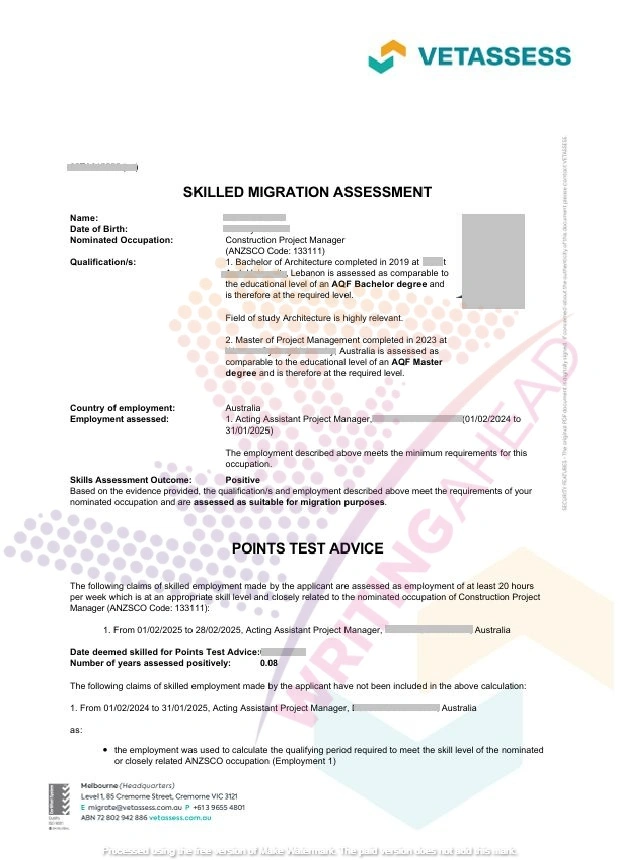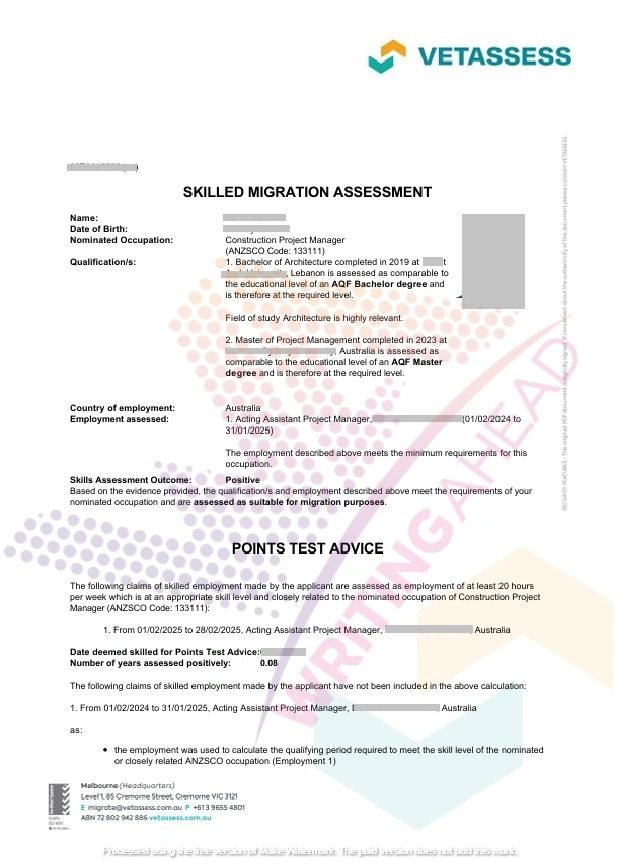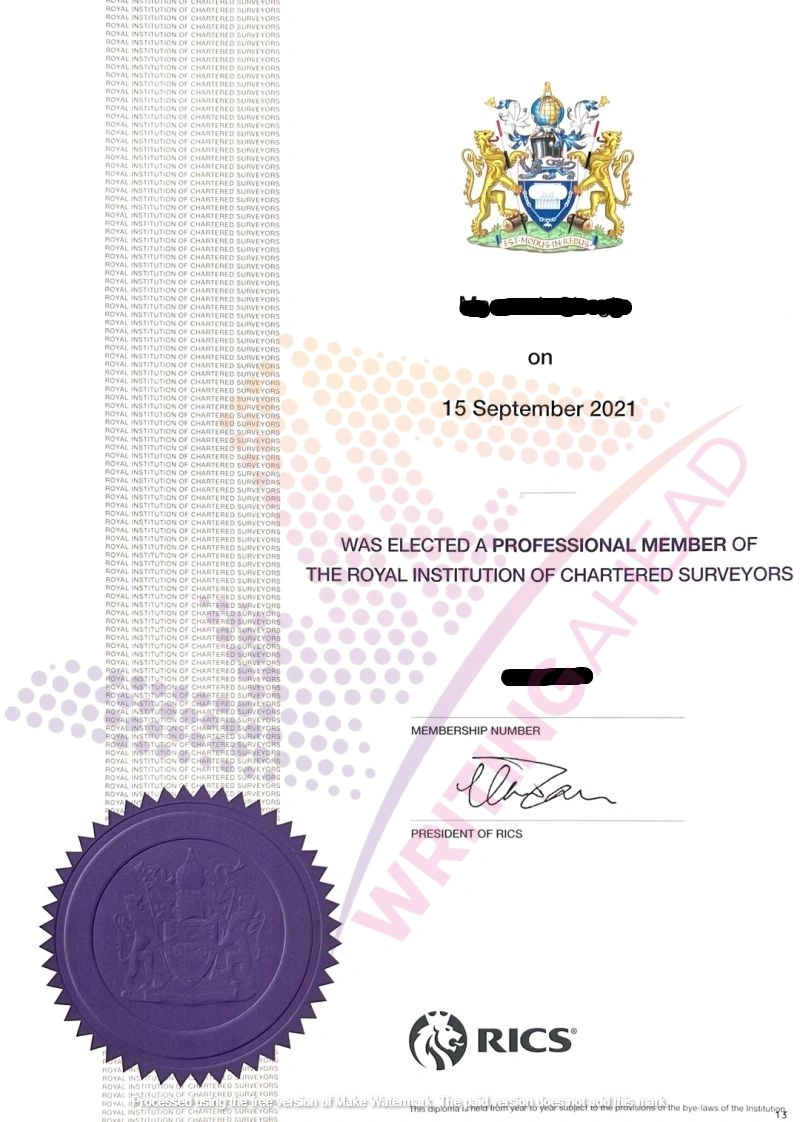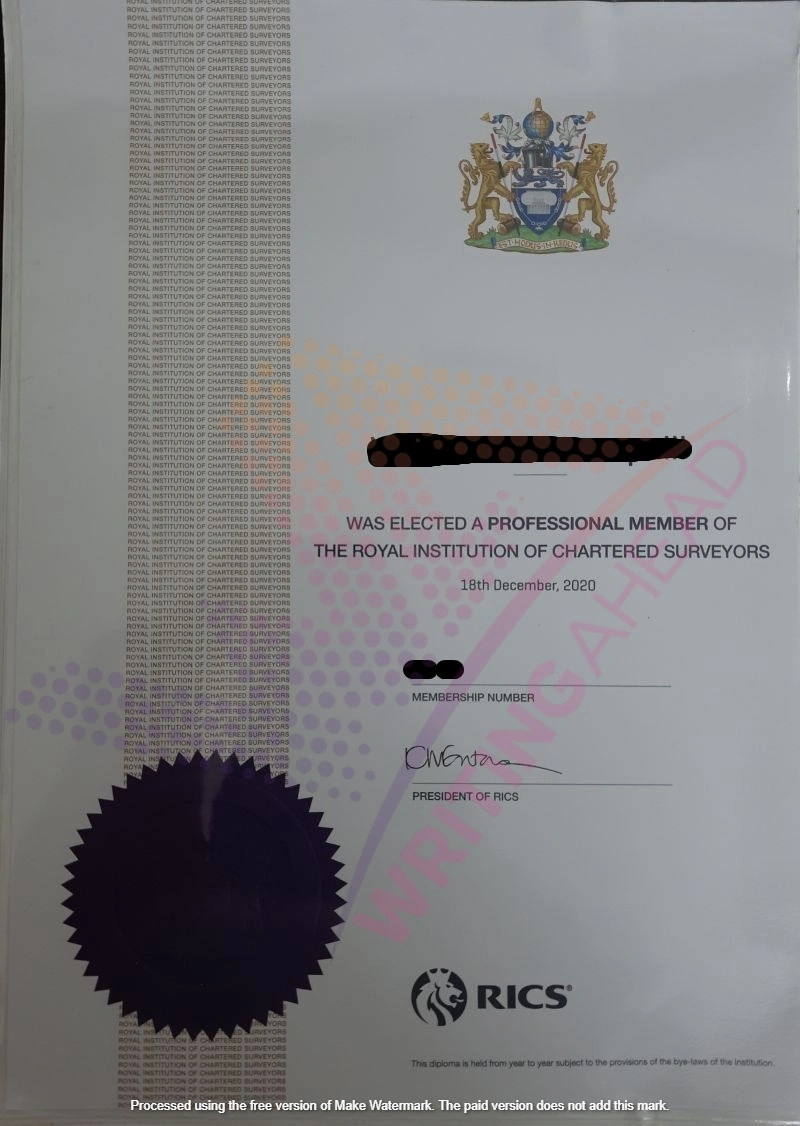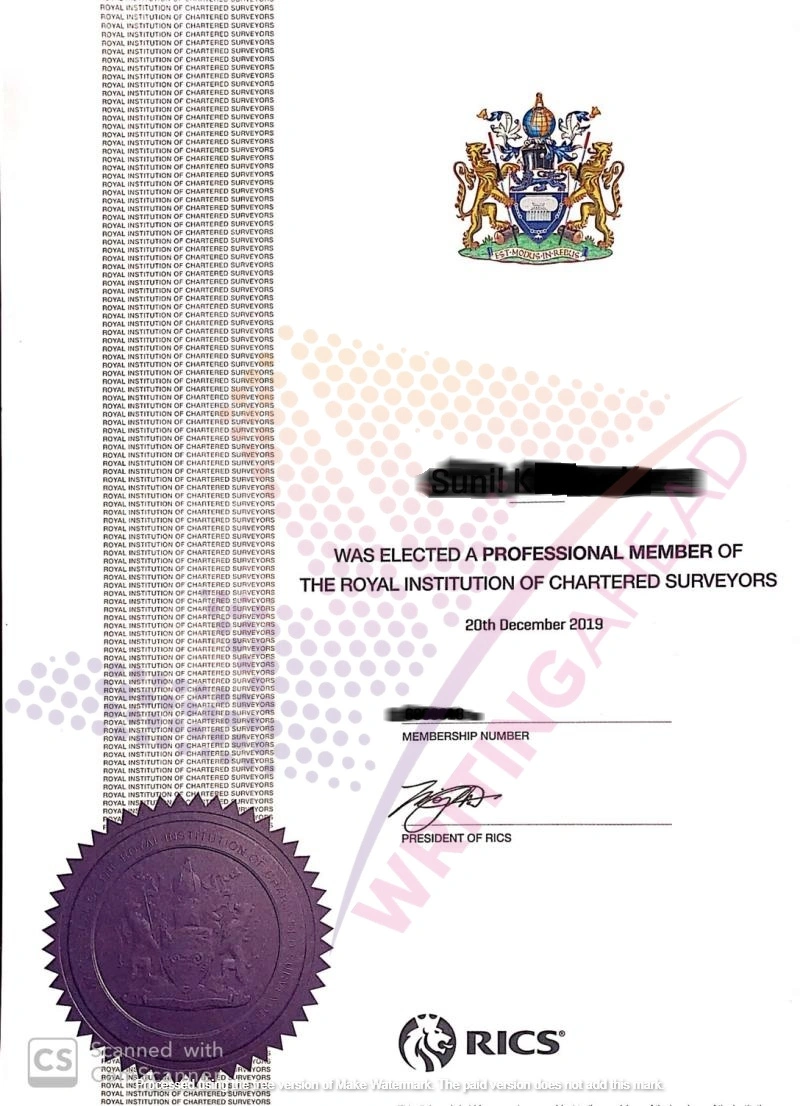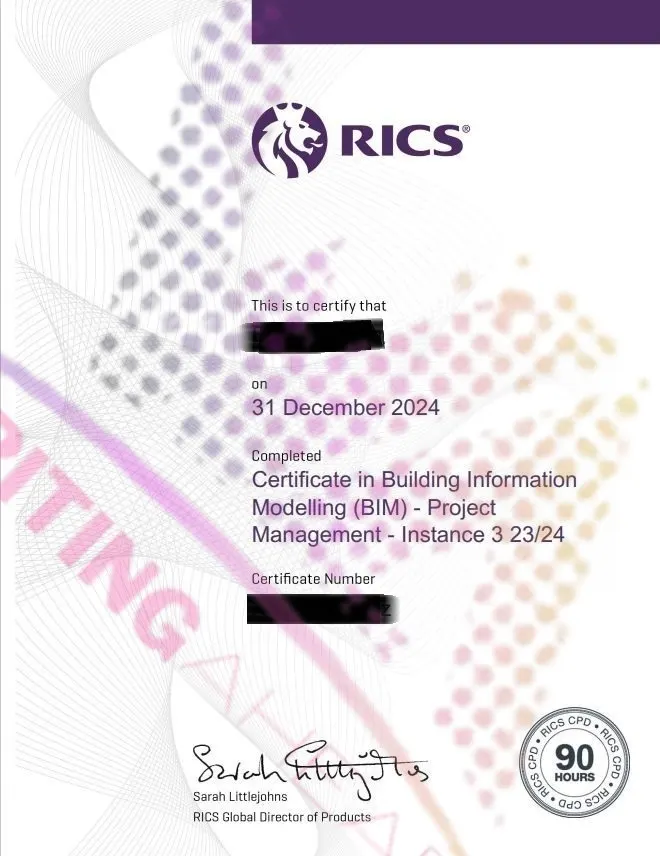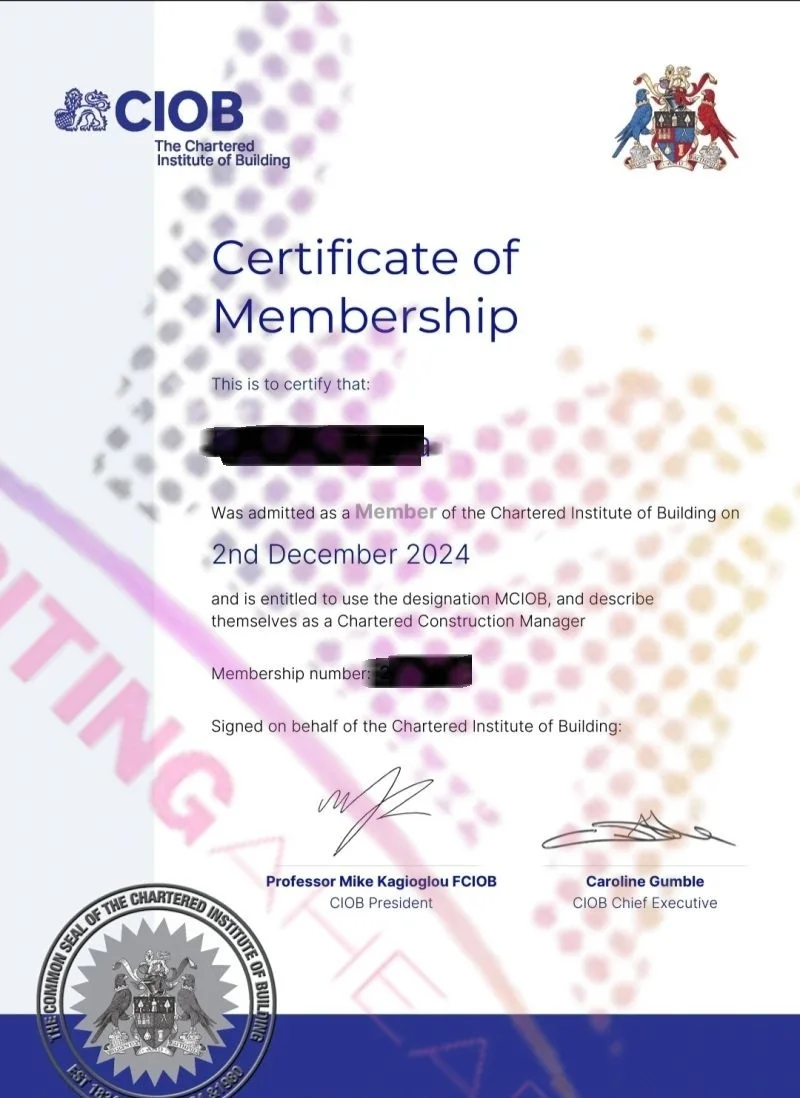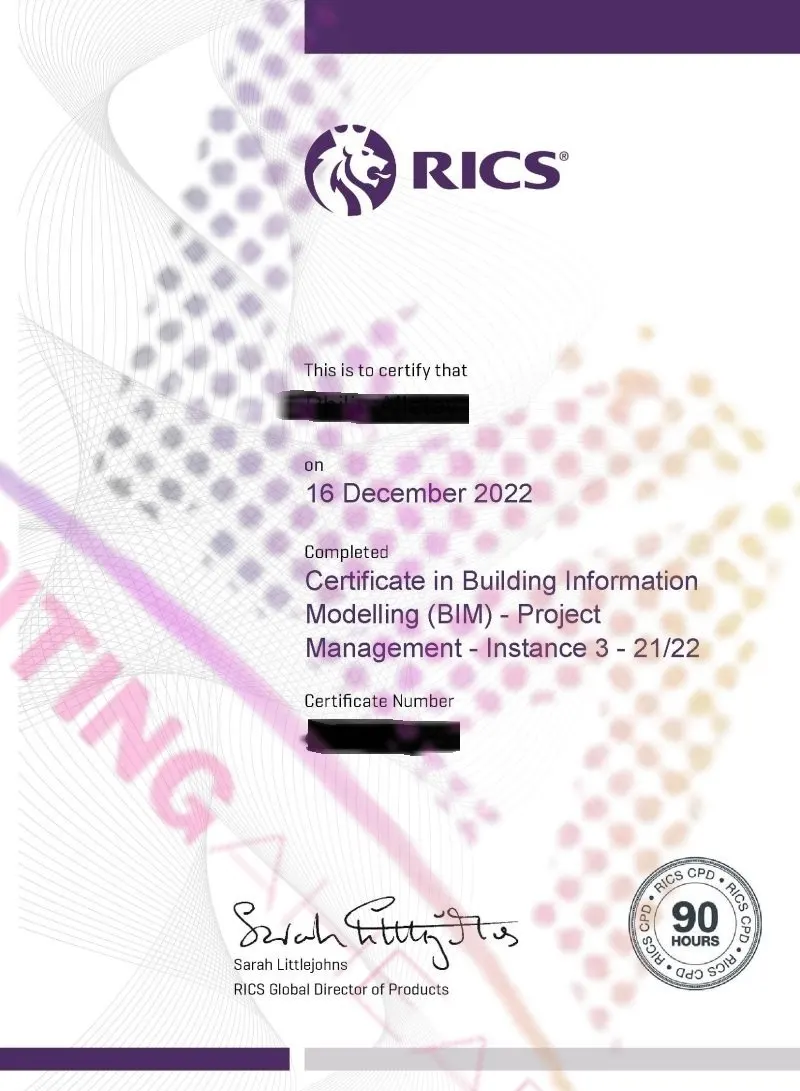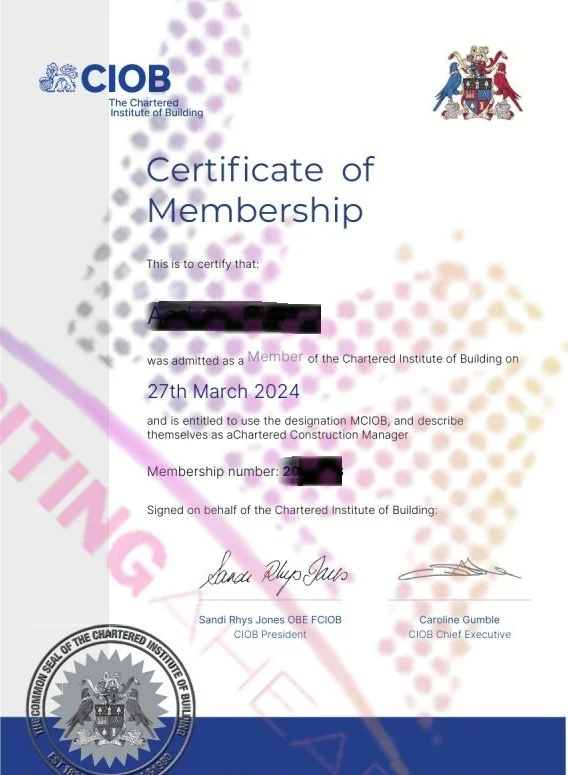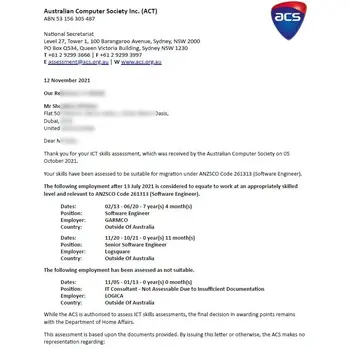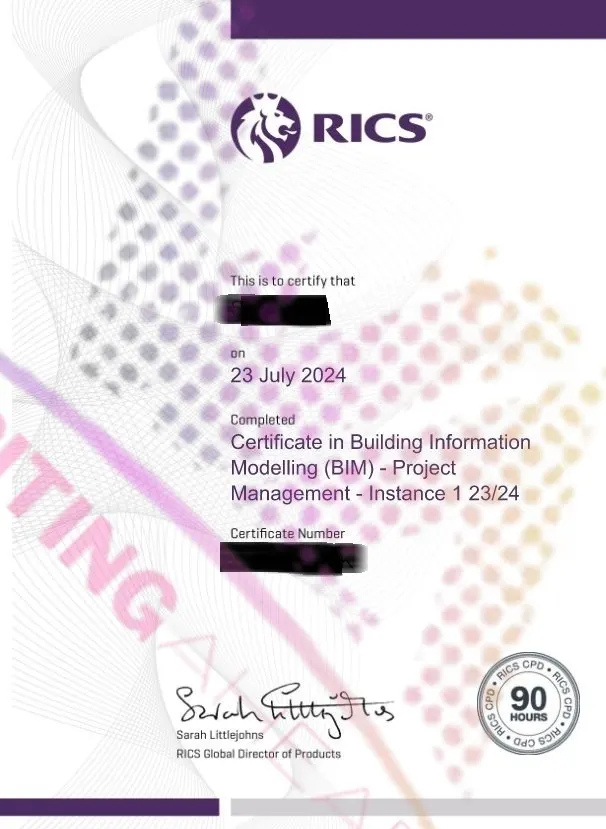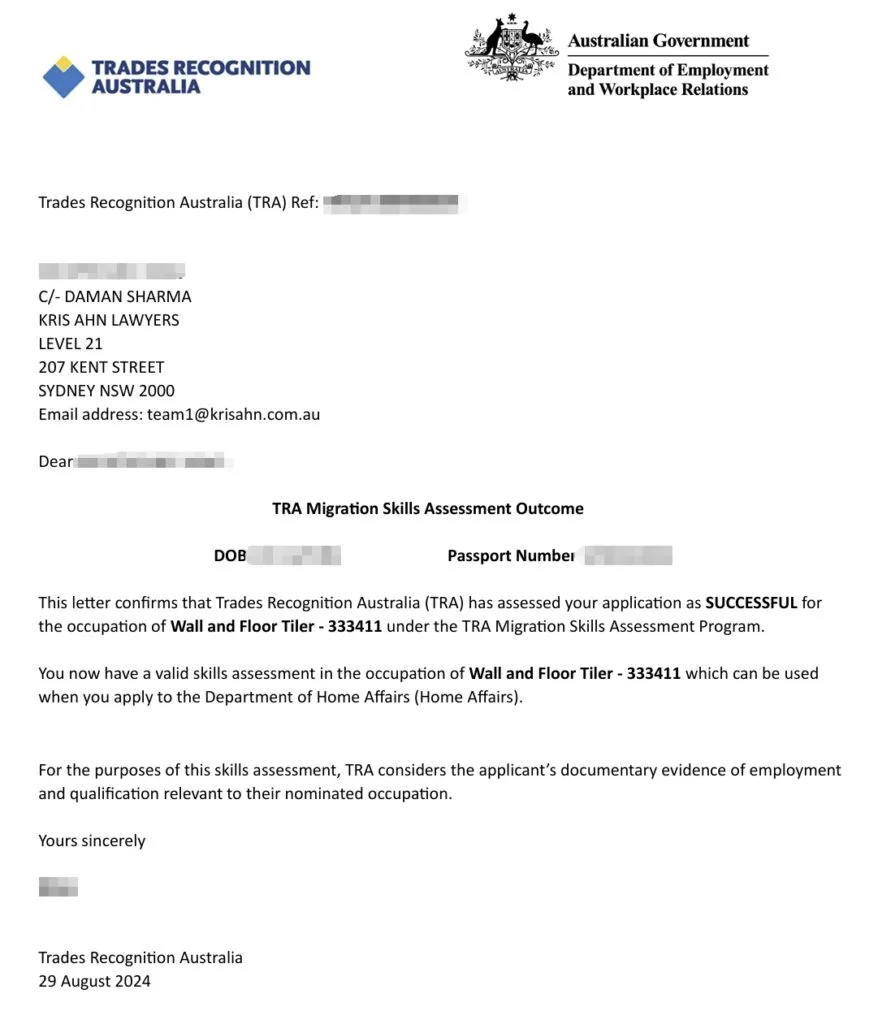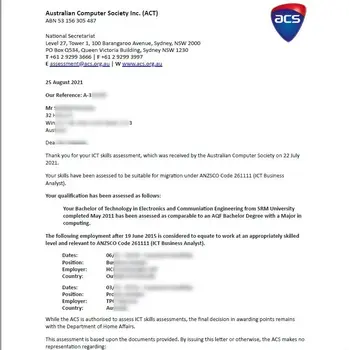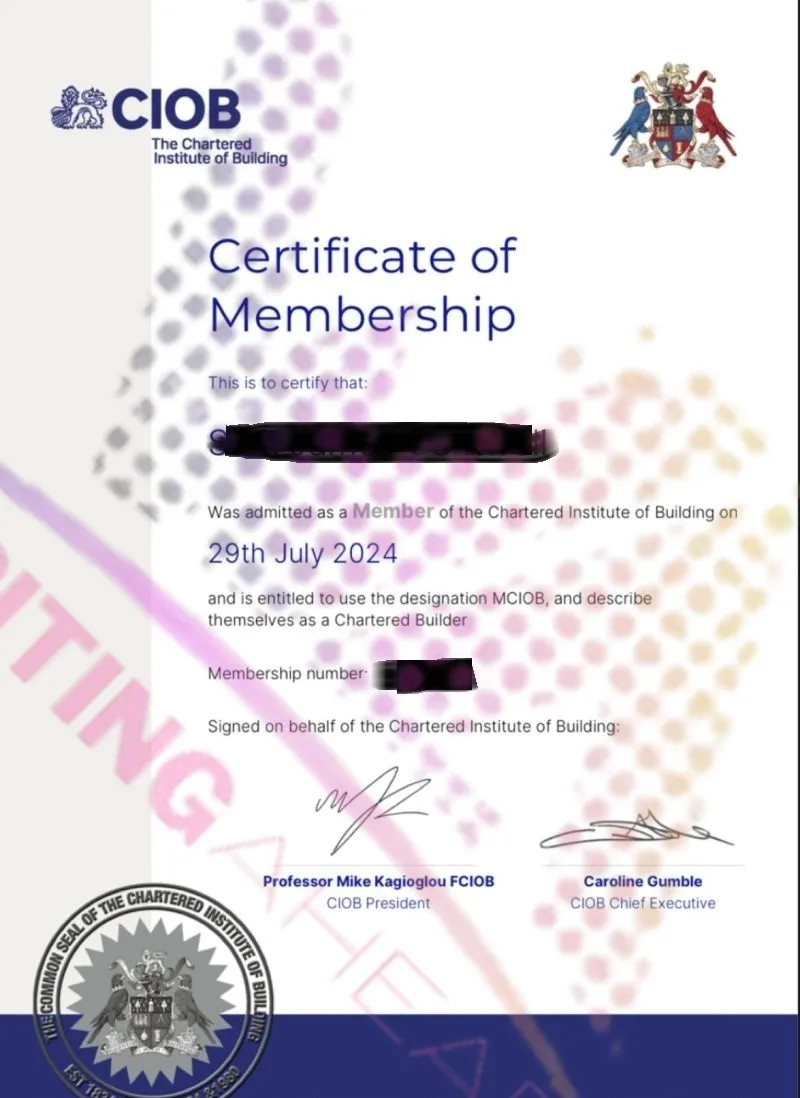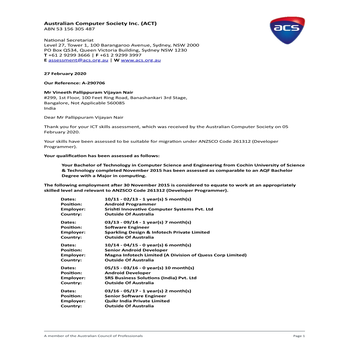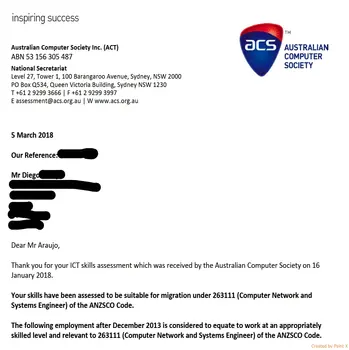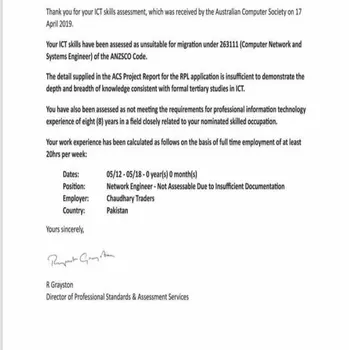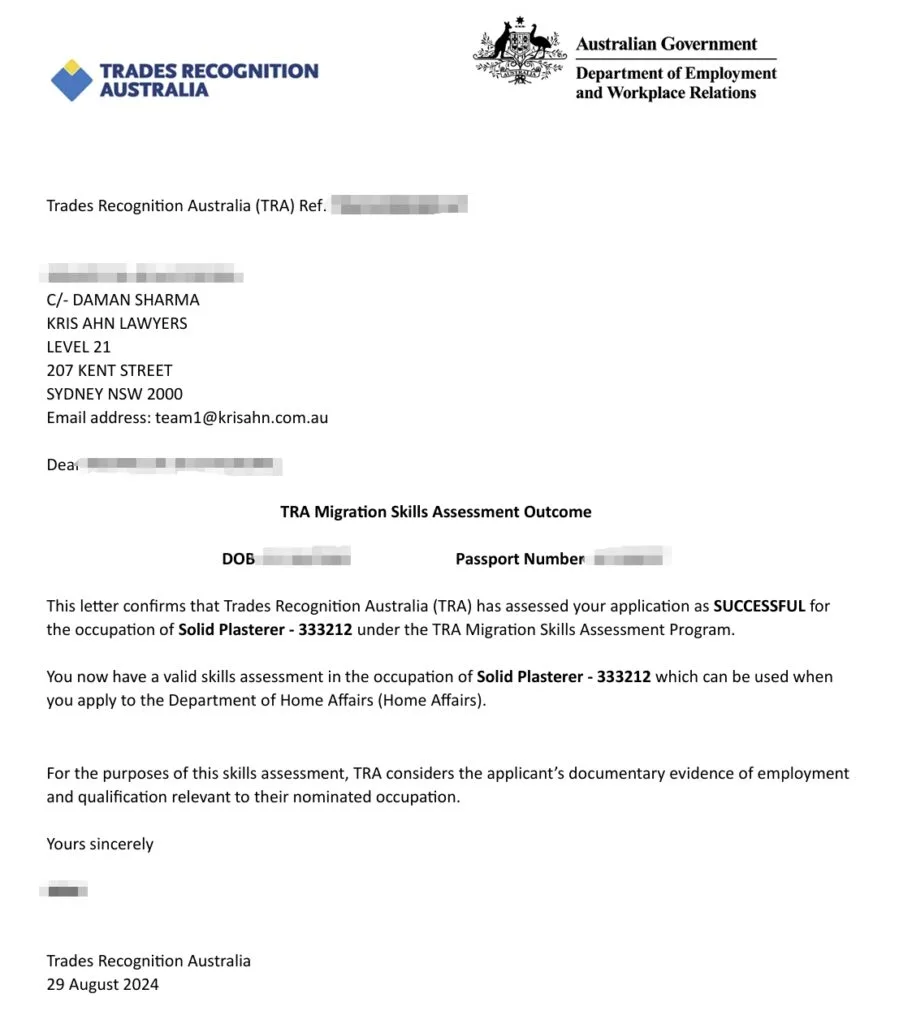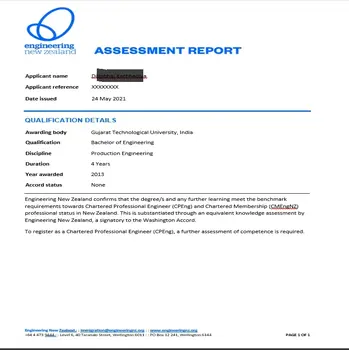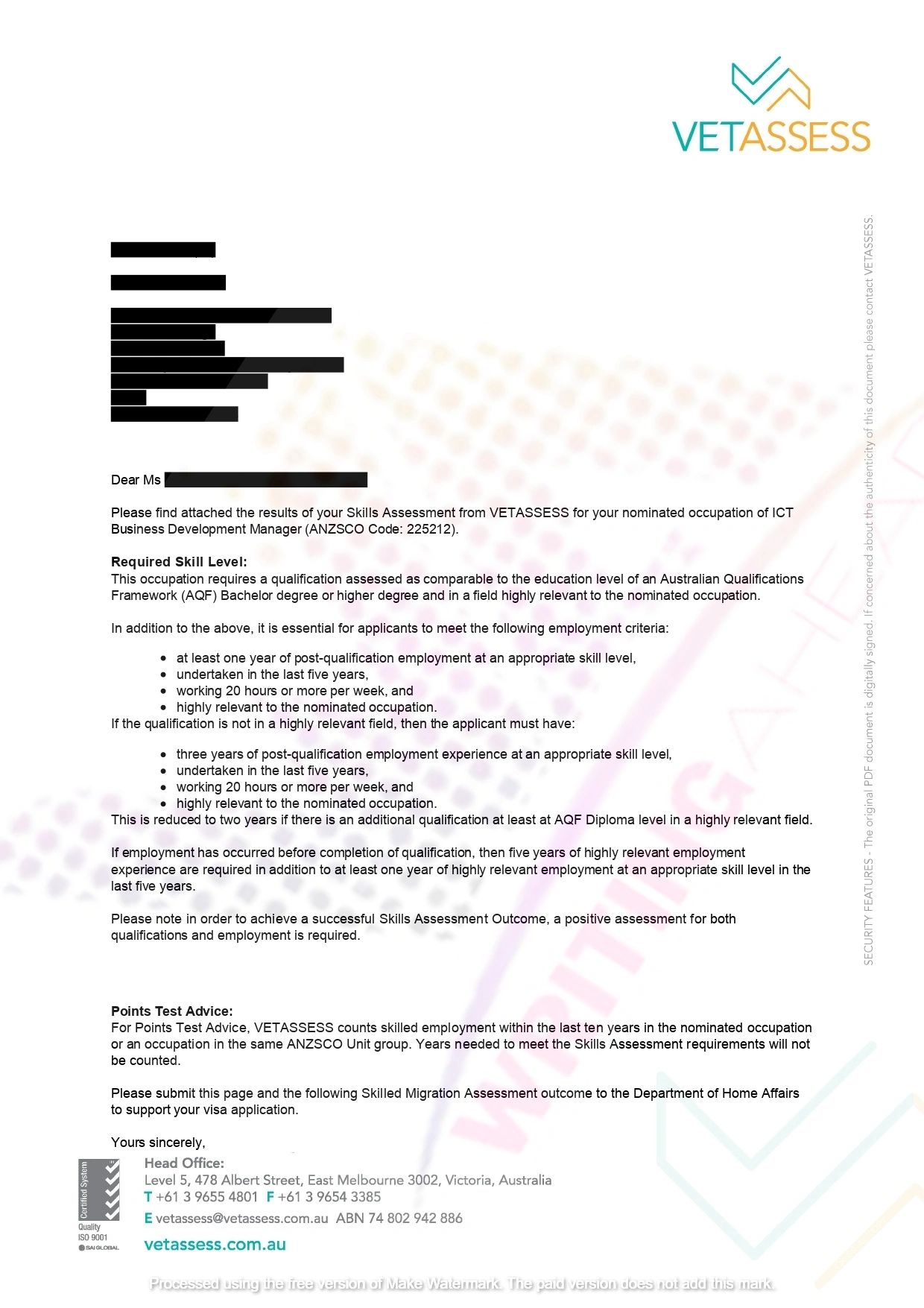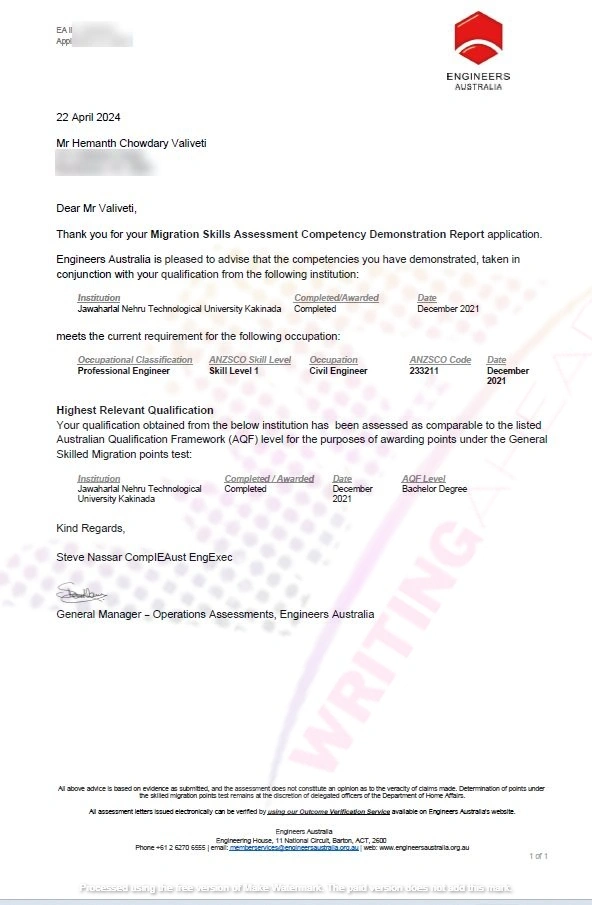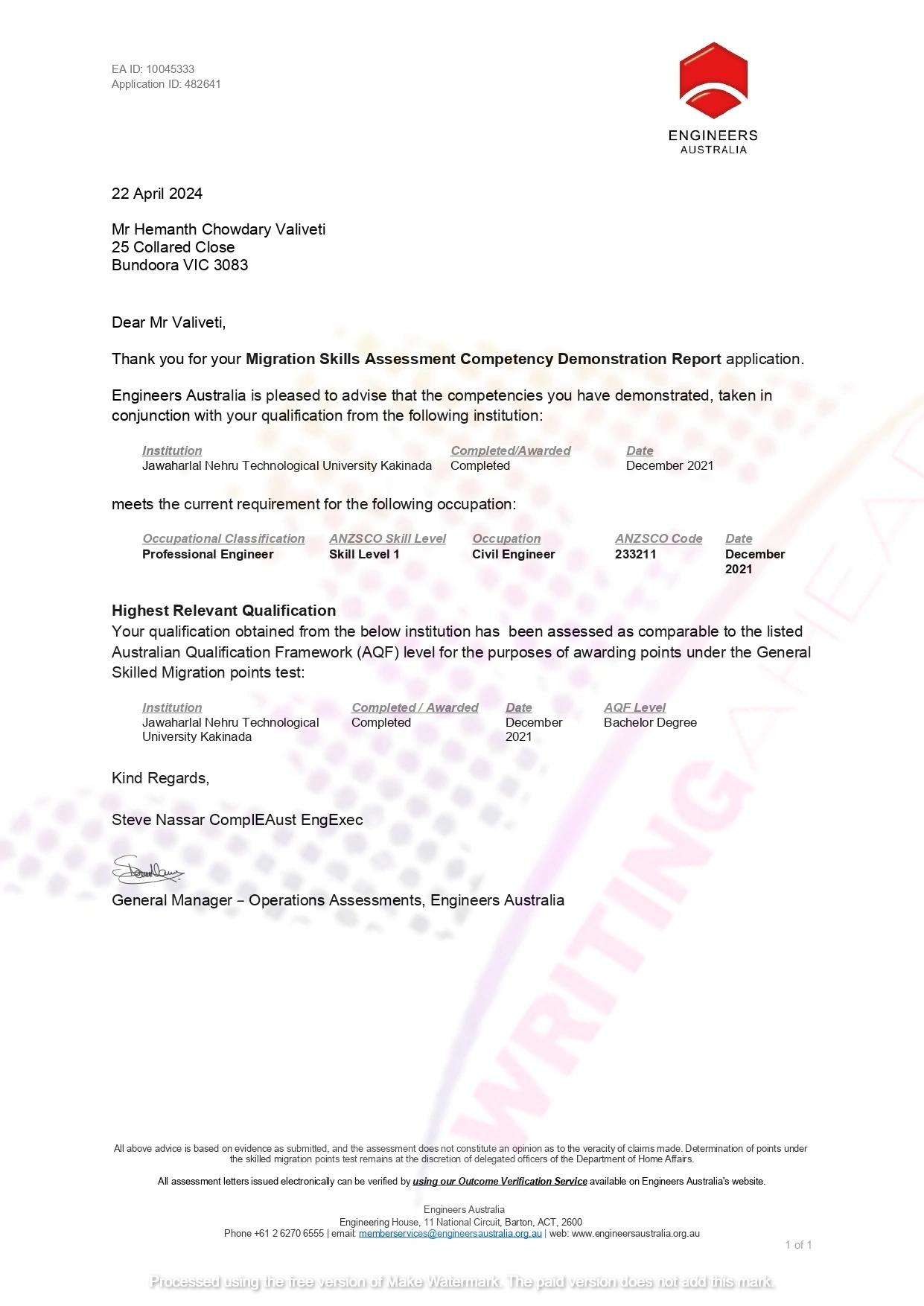CPD Report Writing Services for Engineer Australia
🏅 4.9/5 Rating
Certified Experts
💯 Privacy
Premium Quality
🏅 4.9/5 Rating
Certified Experts
💯 Privacy
Premium Quality
Continuing Professional Development (CPD) maintains you updated with the latest in engineering and documents your capabilities and expertise received after graduation. In your CDR Report, list key information which include time, date, period, venue and organizer in a tabular format. CPD report demonstrates your dedication to ongoing professional growth and maintaining high standards to your field.
CPD report suggests which you are usually enhancing your competencies and stay up to dated with improvements within engineering area. If you are applying for Migration Skills Assessment or Chartered status application through Engineers Australia, it is important to provide CPD evidence to showcase your professional development.
CPD report is important for engineers, specially when applying for migration to countries like Australia, in which it is a important factor of CDR Report.
Here are reasons why the CPD report is important:
| Demonstrates Commitment | Shows dedication to ongoing learning in the engineering field. |
|---|---|
| Aligns with Competency Standards | Links professional development to industry competency standards. |
| Reflects Professional Growth | Articulates how learning activities contribute to personal and professional development. |
| Ensures Currency of Knowledge | Validates the engineer's awareness of and adaptation to industry advancements. |
| Strengthens CDR Submission | Adds credibility and completeness to the Competency Demonstration Report (CDR). |
| Meets Migration Requirements | Mandatory for engineers applying for migration, especially to countries like Australia. |
| Enhances Professional Reputation | Demonstrates a proactive approach to staying at the forefront of the engineering field. |
| Contributes to Industry Standards | Active participation in CPD activities contributes to improving industry standards. |
| Provides a Learning Roadmap | Serves as a record guiding future professional development plans. |
| Supports Lifelong Learning | Emphasizes dedication to continuous learning throughout an engineer's career. |
CPD report isn't always just a compliance document, it's far a testomony to an engineer's ongoing dedication to excellence and growth in area. It is a crucial factor that contributes appreciably to the general fulfillment of the CDR submission.
CPD Statement Report is a essential part of CDR for Engineers Australia. It proves that an engineer is devoted to lifelong gaining knowledge of and expert improvement, which is important for staying current inside the enterprise.
Engineers Australia requires a structured CPD listing as a part of the Migration Skills Assessment or Stage 2 CDR for Chartered Status.
| Purpose: | Requirements/include | Key Features: | |
|---|---|---|---|
| 1. CPD Report for CDR | To demonstrate Engineers Australia that you’ve remained professionally active and devoted to lifelong learning. | A easy tabular layout listing getting to know activities undertaken after graduation. |
|
| 2. CPD Log for Chartered (CPEng) Application | To meet the CPD requirements for becoming a Chartered Professional Engineer (CPEng). |
|
|
| 3. CPD Plan (Future-Oriented – Optional) | Sometimes required as a development roadmap or for internal professional growth programs. |
|
|
| 4. Employer/Organization-Specific CPD Logs | Many engineering companies require staff or workers to maintain an internal CPD record for compliance or licensing purposes. |
|
If you are preparing for CDR, CPEng or RPEQ assessments, a well-organized CPD declaration can strongly assist your application and reflect your professionalism.
It is critical for professionals to build up CPD points to stay current and enhance your competencies. However, some common mistakes can prevent the effectiveness of the CPD process.
Here are some mistakes to avoid:
While CPD is vital to maintaining professional competence, there are a number of challenges that people can face in CPD process. Here are some common challenges:
When writing a CPD statement, it's critical to stick to positive trendy hints to ensure that your document successfully communicates your commitment to ongoing learning knowledge and development. Here are some general guidelines for writing a CPD statement:
Remember that specific assessing authorities or professional organizations may have additional guidelines or requirements.
CPD Record is a documented log of your ongoing expert getting to know and improvement activities, such as courses, seminars and workshops. It demonstrates your dedication to maintaining and improving your skills and knowledge throughout your career.
Yes, CPD statement is mandatory to your CDR. It demonstrates your commitment to continuous professional improvement and guarantees you remain current with enterprise practices.
Yes, a professionals CPD writer can definitely assist if you're in a specialized area. They apprehend the particular necessities of your enterprise and might tailor your CPD report to highlight your specific abilties and reports, making sure it aligns with enterprise standards and enhances your CDR submission.
Yes, CPD certificate are recognized in Australia when issued by way of authorized institutions or respectable organizations. They serve as valid proof of your ongoing professional development and are an essential part of demonstrating your dedication to retaining industry standards.
Yes, CPD certificate are valid when issued by means of authorized or respectable businesses, as they serve as evidence of your ongoing professional development and are accepted by professional bodies.
CPD Score is a numerical measure that quantifies your ongoing professional development activities. It reflects the hours or points earned thru diverse training, courses and workshops to demonstrating your dedication to staying current for your area.
CPD Hours consult with the actual time you spend on professional development activities, such as workshops. CPD Points are a credit score system that assigns a value to these activities primarily based on elements like duration, relevance and first-class. Both metrics assist demonstrate your commitment to continuous studying and are frequently utilized by professional bodies to assess ongoing competency.
CPD for Engineers Australia includes activity that enhances your professional expertise and capabilities. This can contain formal training along with courses, seminars, workshops and conferences as well as self-directed mastering like on-line courses, reading technical journals, studies or even professional activities which includes mentoring or participating in enterprise events. The secret's that those activities make a contribution for your ongoing competency and are properly-documented.
Engineers can earn CPD points by using conducting a variety of identified professional development activities. This consists of attending authorised courses, workshops, seminars and conferences as well as collaborating in on line learning modules and self study. Additionally, activities like mentoring, contributing to technical publications or even on-the-task training can qualify.
Be sure to record every activity with information together with the date, duration, company and a short description of what you discovered, as this documentation is essential for amassing CPD points in step with Engineers Australia's recommendations.
